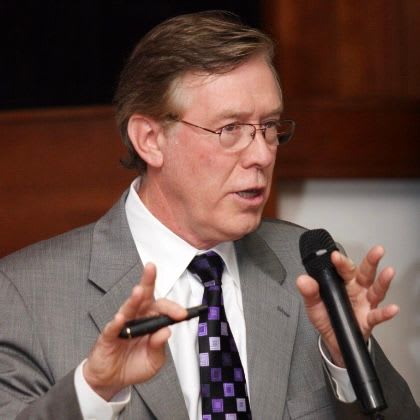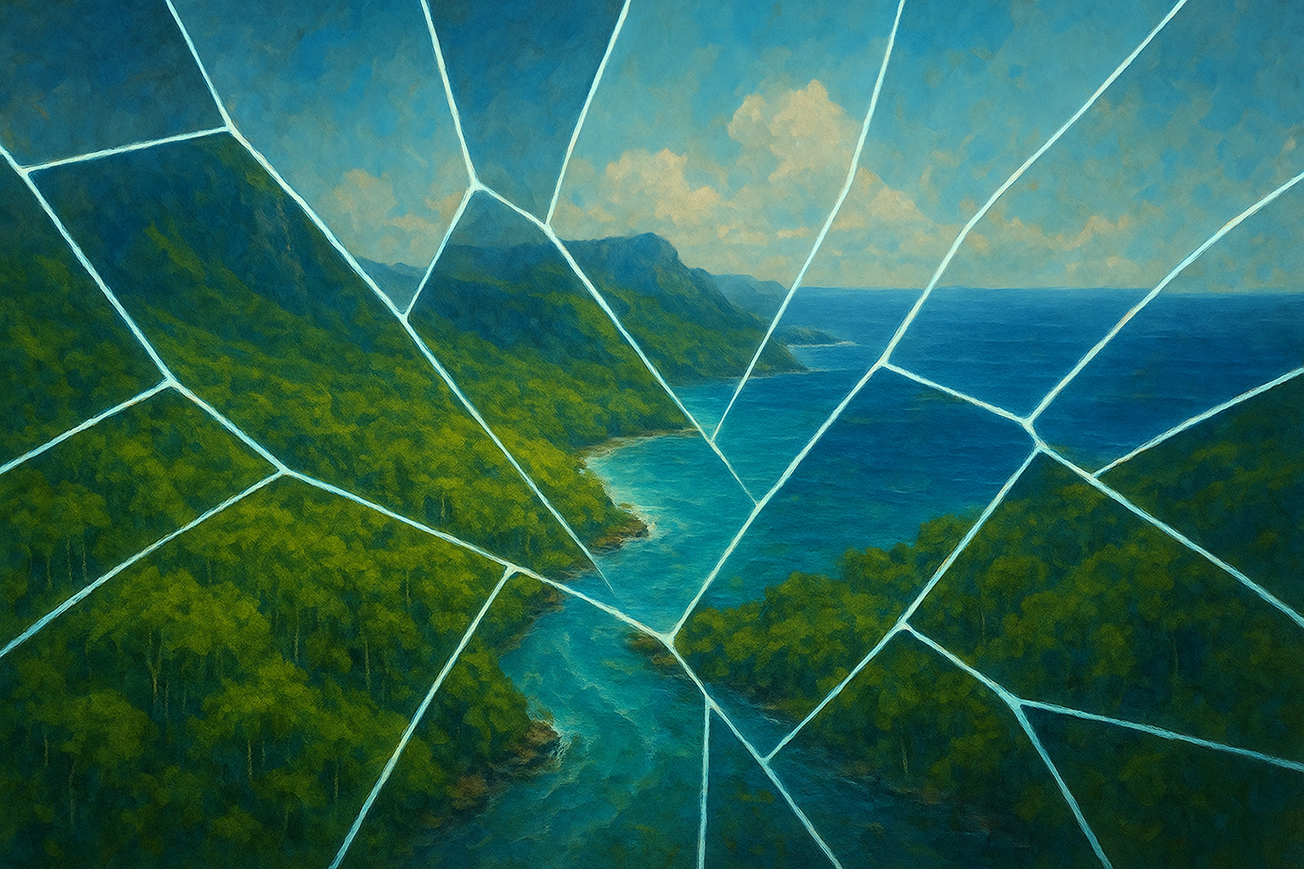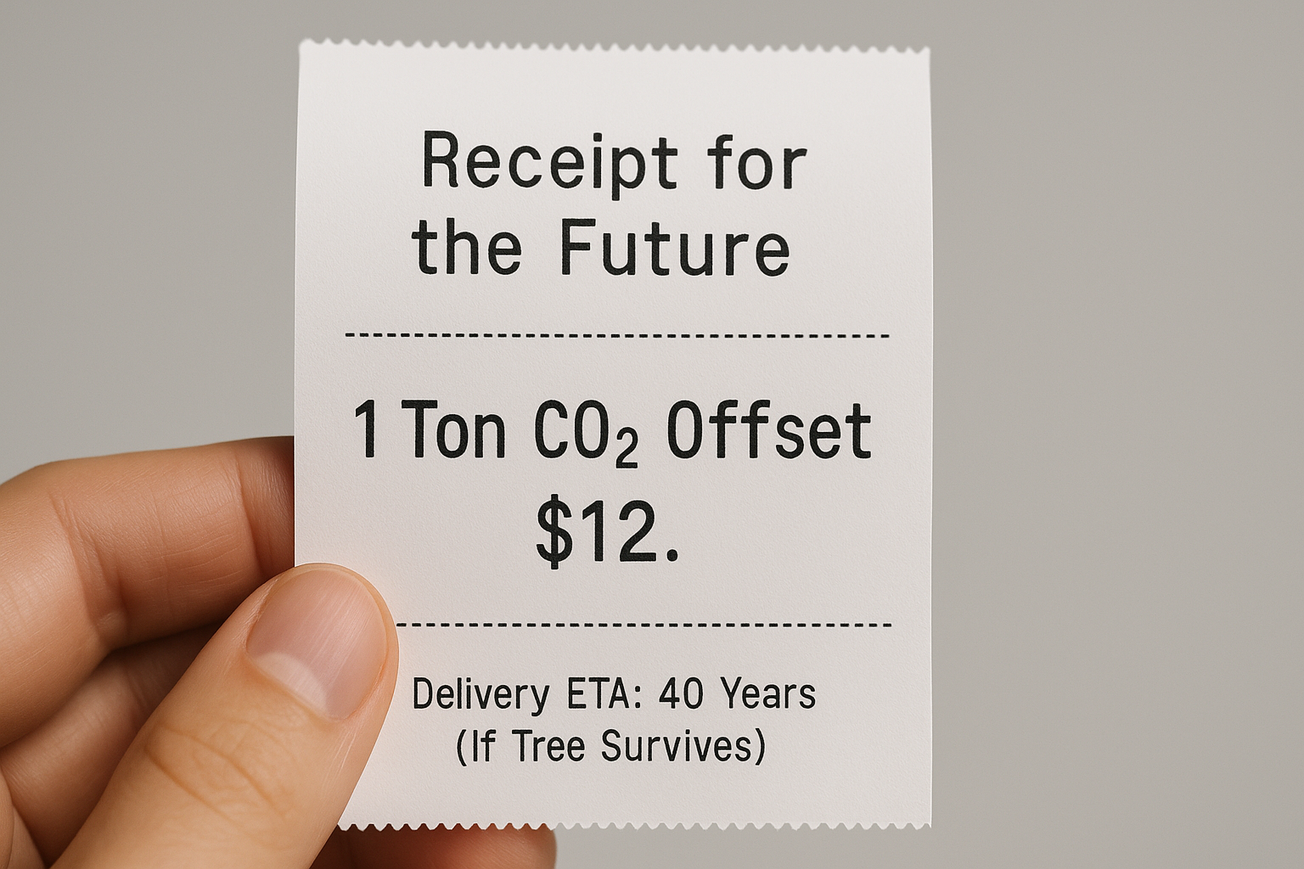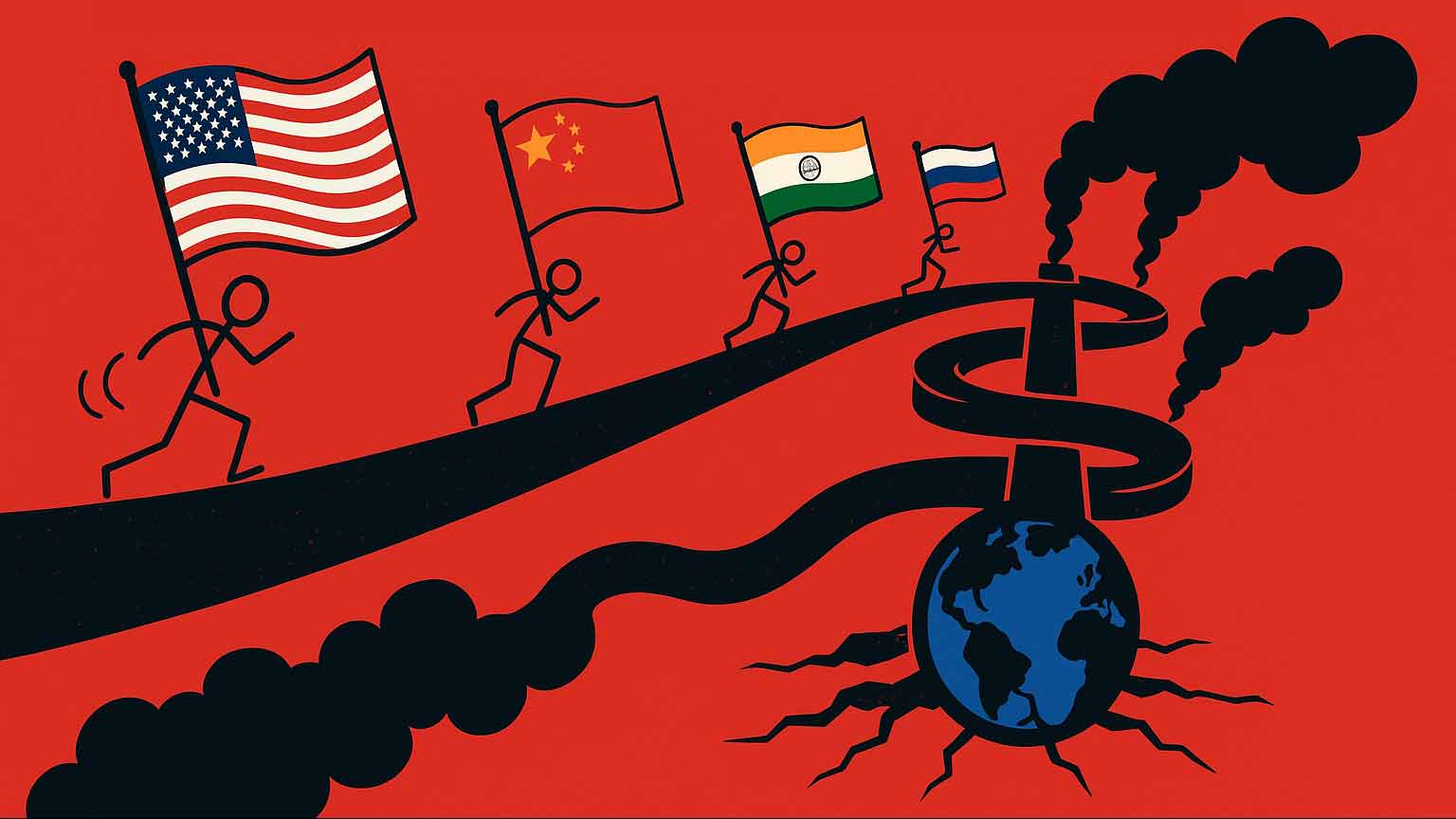Better Worlds can be thought of as a video version of the Whole Earth Catalog. That may not mean much to those who weren’t in college in the late 60’s and didn’t have a consciousness-raising bent, but it was a hallmark intellectual viewpoint for me and others with like minds.
In Steve Jobs June 2005 Stanford University commencement speech, he commented.
When I was young, there was an amazing publication called The Whole Earth Catalog, which was one of the bibles of my generation ... It was sort of like Google in paperback form, 35 years before Google came along. It was idealistic and overflowing with neat tools and great notions.
The Whole Earth Catalog conveyed hope, a vision based on ecological principles, and most importantly tools that supported that vision. It was a kaleidoscope roadmap for taking on the adventure of life. It didn’t sell anything – it simply informed.
I see Better Worlds in the same positive vision. There’s too much gloom and doom on the left. It doesn’t inspire. It is only reactive to this crisis or that. To take on the challenges we face, we must, ourselves, represent the spirit of what we want to achieve.
The title Whole Earth Catalog came from a previous project of Stewart Brand’s. In 1966, he initiated a public campaign to have NASA release the then-rumored satellite photo of the sphere of Earth as seen from space, one of the first images of the "Whole Earth". He thought the image might be a powerful symbol, evoking a sense of shared destiny and adaptive strategies from people. Better Worlds represents that spirit in my mind – shared destiny and adaptive strategies. I’ve personally never been a localist. I believe that only by thinking globally and acting globally can we surmount the road ahead.
Creating a full-blown video network is dead-on. And we live in a time that a decentralized, global, live streaming platform is possible for creating this digital generations ‘bible.’ The tools of Web3 allow us to deliver "Collective Reality" experiences that connect creators and communities in the real, as well as virtual worlds. That point of connection will primarily be on mobile screens. Through media aggregation, global consciousness-raised correspondents, featured success stories, global conferences and events from every corner of the planet, we can realize a new Whole Earth Video Catalog.
Utilizing a 5G marketplace of Web3.0 media apps it is possible to enable direct-to-consumer distribution to the digital generation on a geo-spatial and personal basis. These apps can deliver high-resolution, interactive video, millions of concurrent livestreams, immersive media (AR/VR), games, tokenized social engagement and frictionless commerce. All tools necessary to both engage and inform the next generation – the ones that absolutely need to get it right.
For those not familiar with the Whole Earth Catalog, the following is a brief Wikipedia overview:
The Whole Earth Catalog was an American counterculture magazine and product catalog published by Stewart Brand several times a year between 1968 and 1972, and occasionally thereafter, until 1998. The magazine featured essays and articles, but was primarily focused on product reviews. The editorial focus was on self-sufficiency, ecology, alternative education, "do it yourself" (DIY), and holism, and featured the slogan "access to tools". While WEC listed and reviewed a wide range of products (clothing, books, tools, machines, seeds, etc.), it did not sell any of the products directly. Instead, the vendor's contact information was listed alongside the item and its review. This is why, while not a regularly published periodical, numerous editions and updates were required to keep price and availability information up to date.
The Stanford-educated Brand, a biologist with strong artistic and social interests, believed that there was a groundswell of commitment to thoroughly renovating American industrial society along ecologically and socially just lines. That vision is what inspired my work on the environment starting with the first Earth Day in 1970.










